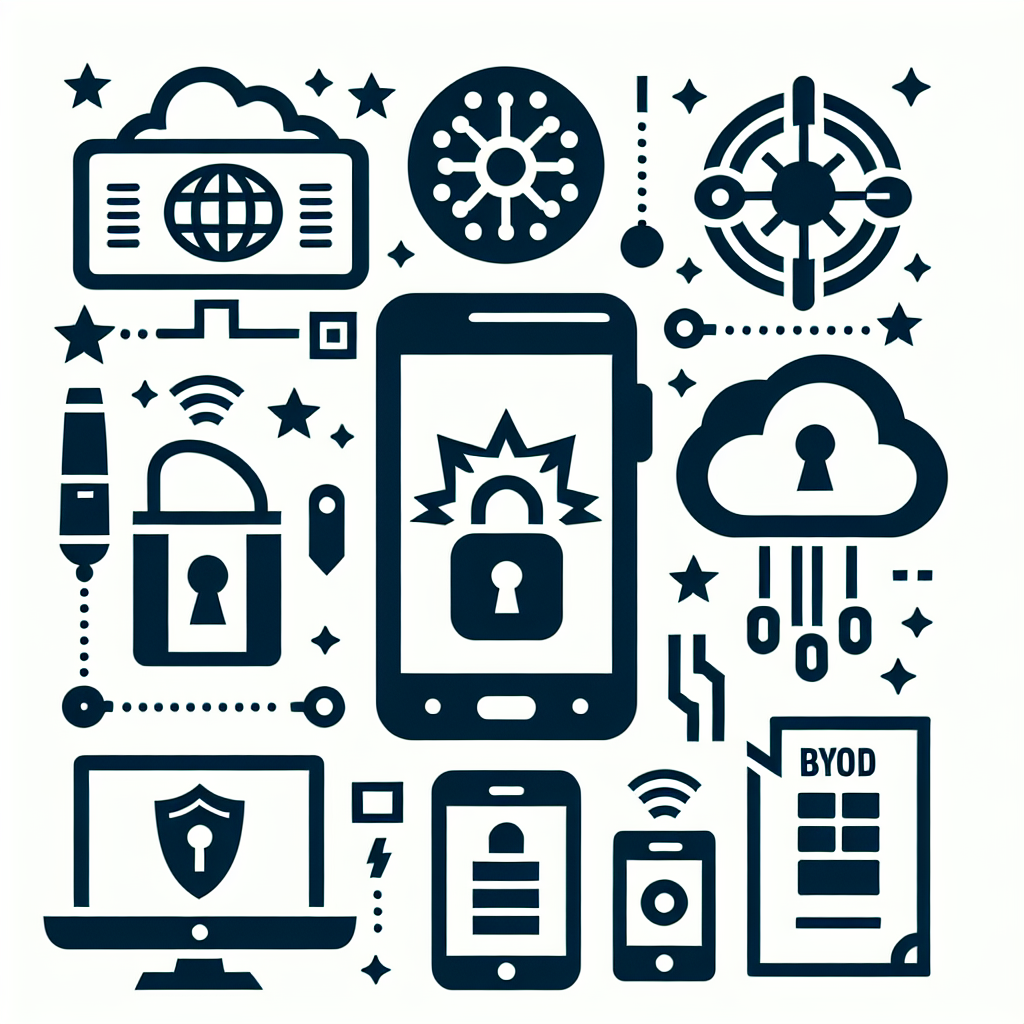
Is BYOD safe for your organization? Short answer: it can be — if you treat it like any other security program. BYOD (Bring Your Own Device) lets staff use personal laptops, phones, and tablets for work tasks, which boosts flexibility but raises visibility and control challenges for IT teams.

BYOD stands for Bring Your Own Device and refers to employees using their personal hardware for work. It includes phones, tablets, laptops, and sometimes smartwatches that access company email, apps, or networks. The model increases agility but mixes personal and corporate data on a single endpoint. IT teams need to account for that blend to prevent data exposure and compliance gaps.
Primarily for flexibility and cost savings. Employees usually prefer their own devices and can work from any location, and organizations avoid the immediate capital expense of issuing hardware. BYOD can improve employee satisfaction and speed up onboarding for remote staff. However, those benefits must be weighed against security and management overhead.
The biggest risks are data leaks, unmanaged malware, and lost-device exposure. Personal devices often lack standardized controls, may run unvetted apps, and connect over insecure networks. Without visibility, IT can’t enforce patches, detect compromise, or isolate sensitive data. An unmanaged device can quickly become a bridge for attackers into your environment.
Personal apps and consumer cloud services can sync work files outside corporate control, creating uncontrolled copies. Many apps request broad permissions and may exfiltrate data or introduce malicious code. When staff use the same account for work and personal services, it multiplies risk. The result: confidential documents and credentials can leak without anyone noticing.
Yes — with the right tools and clear boundaries. Mobile Device Management (MDM) or Mobile Application Management (MAM) lets IT separate corporate containers from personal data, apply security policies to work apps, and avoid full device monitoring. Transparent policies and employee consent are essential to maintain trust. That balance keeps company data safe while respecting personal usage.
Deploy a combination of policy, tooling, and training. Controls to consider: strong authentication (MFA), MDM/MAM, enforced encryption, up-to-date OS and app patching, and network segmentation for guest or personal devices. Regular threat monitoring and endpoint detection can catch anomalies originating from personal hardware. Together, these reduce the attack surface without banning BYOD entirely.
Start with clear scope, acceptable uses, and enforcement rules. Define which devices are permitted, required security settings, onboarding/offboarding steps, and who pays for support. Include privacy statements, incident reporting procedures, and disciplinary actions for violations. Keep the policy concise, use plain language, and publish a one-page checklist for employees.
MDM is necessary when you need consistent enforcement across many personal devices. It automates configuration, enforces encryption and passwords, and can remotely wipe corporate data on lost devices. For organizations with regulated data or large remote workforces, MDM shifts security from reactive to proactive. If privacy concerns are high, consider MAM to limit control to work apps only.
Training should be short, scenario-based, and repeated regularly. Focus on phishing recognition, secure Wi‑Fi habits, app vetting, and reporting lost devices immediately. Use real-world examples and quick reference cards for common actions (e.g., how to connect to VPN). Small, frequent refreshers are more effective than long annual sessions.
BYOD complicates compliance because personal devices can hold regulated data outside company controls. Laws like GDPR, HIPAA, and CCPA require data separation, access controls, and audit trails. You must document how data is protected, how access is provisioned, and how you respond to data subject requests. Noncompliance can mean significant fines and reputational damage.
Treat them as potential breaches: revoke access, change credentials, and wipe corporate containers if possible. A well-defined incident playbook and MDM tools speed recovery and reduce exposure. Log the event, perform a quick risk assessment, and notify affected stakeholders according to your policy. Practice the response so teams act quickly when it happens.
Consider banning BYOD when risk outweighs benefit — for example, if you handle highly sensitive IP, patient data, or lack resources for monitoring and response. If compliance requirements strictly demand full control of hardware, corporate-only devices are safer. Small teams with no security tooling may also temporarily restrict BYOD until controls are in place.
Need a starting point? Review a concise BYOD policy checklist and adapt it for your environment. For endpoint security and continuous monitoring, Palisade can help teams understand risk and shore up defenses.
Yes — if policies and controls are in place like MDM, MFA, and containerization. Ensure email clients follow encryption and access rules, and require device encryption and passcodes.
No — properly configured MDM or MAM targets corporate apps and data only; it does not grant blanket visibility into personal files when set up correctly and with user consent.
At minimum: device passcode, device encryption, OS patching, MFA, and ability to remove corporate data remotely. These basics block most opportunistic attacks.
Budget for MDM licensing, endpoint monitoring, staff time for onboarding, and employee training. Factor in incident response costs and potential compliance consulting for regulated sectors.
Review policies at least annually or after major platform or regulatory changes. Reassess whenever you add new cloud services, change data classification, or see new threat patterns.